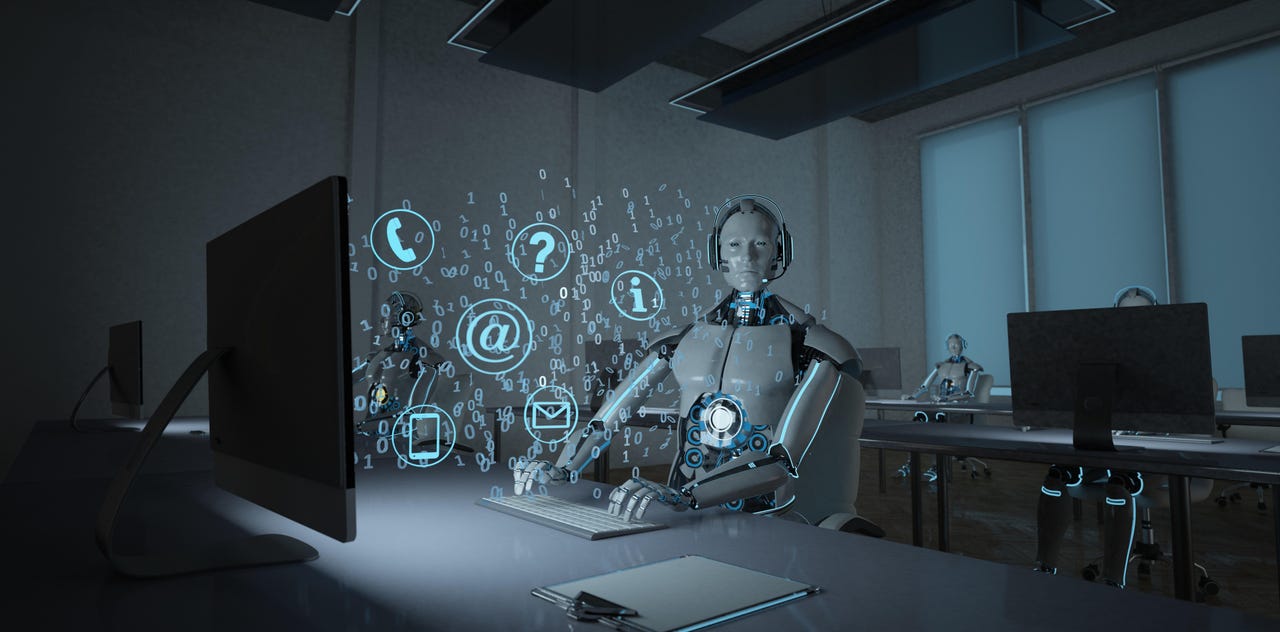Talkdesk Launches Multi-Agent Platform for the Contact CenterTalkdesk Launches Multi-Agent Platform for the Contact Center
Talkdesk debuts a multiple AI agent platform to enhance CX throughout the entire customer journey, as well as the contact center.

No Jitter brief:
Today, Talkdesk launched its Customer Experience Automation (CXA) With CXA, organizations can create multiple AI agents that access, via the Talkdesk Data Cloud, structured and unstructured data across customer interactions, channels, and systems of record (e.g., CRM, ERP, etc.) Talkdesk CXA AI agents can autonomously act, within guardrails, to “orchestrate and resolve complex challenges across the entire customer experience lifecycle.”
Known for its industry-specific approach, Talkdesk CXA includes preconfigured use cases, low- and no-code tooling, and both industry-specialized and general-purpose AI agents. CXA further incorporates the Talkdesk AI Gateway which allows CXA to integrate with third-party contact centers, whether they’re cloud-based or on-premises. This allows organizations to implement CXA without replacing their existing systems. And while it can be deployed by itself, CXA is also part of the company’s cloud-based contact center (Talkdesk CX Cloud).
AI agents are typically created via a prompt to a large language model (LLM). The prompt is a set of instructions that include their goal, the systems it can access (which may include other AI agents), and the sources of data or knowledge it can access (which includes the guardrails). Talkdesk works with Microsoft/OpenAI, but they also use their own industry-trained LLMs, and they allow customers to bring their own LLMs.
According to Crystal Miceli, senior vice president of product and industry marketing with Talkdesk, their AI agent “essentially reasons and makes decisions as if it was the most highly trained live agent that you could possibly have on the staff.”
Talkdesk’s AI agents can either work directly with customers or be deployed on the back end to support human agents. Miceli outlined a customer-facing example in which a patient calls into a healthcare provider to refill a prescription but is then informed, by the virtual AI agent, that bloodwork must be done first and that requires an appointment. This scenario requires access to multiple systems and/or interactions with multiple, specialized AI agents – one to access patient records, another for scheduling and another to verify insurance information, etc.
A programmed virtual agent could only do all that if the various conversation paths were programmed in advance. Similarly, a single human agent might be unable to accomplish those tasks unless given access to the different systems. If not, then what seemed to the patient like a simple prescription refill might become an experience that involves multiple transfers, phone calls and/or digital interactions. However, the Talkdesk AI agent can accomplish multiple tasks in one interaction because it can reason and interact with the necessary systems, which includes orchestrating the actions of multiple specialized AI agents.
Miceli emphasized the importance of AI agents adhering to guardrails and a capability of the Talkdesk platform to automatically monitor every interaction the AI agents have and then immediately bring a human into the loop if the AI agent deviates from its instructions.
“Behind the scenes, we have our quality management that's observing and listening. Did [the AI agent] hit the right points? Did it follow the instructions that was provided?” Miceli said. “If there was any kind of deviation that will be surfaced to our AI Trainer, which is an in-app tool that allows administrators and supervisors to see those situations [in which they] need to be more precise in my instructions to the AI agents.”
Read more about:
TalkdeskAbout the Author
You May Also Like




